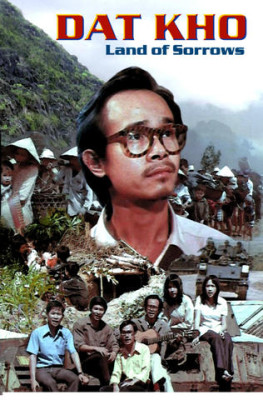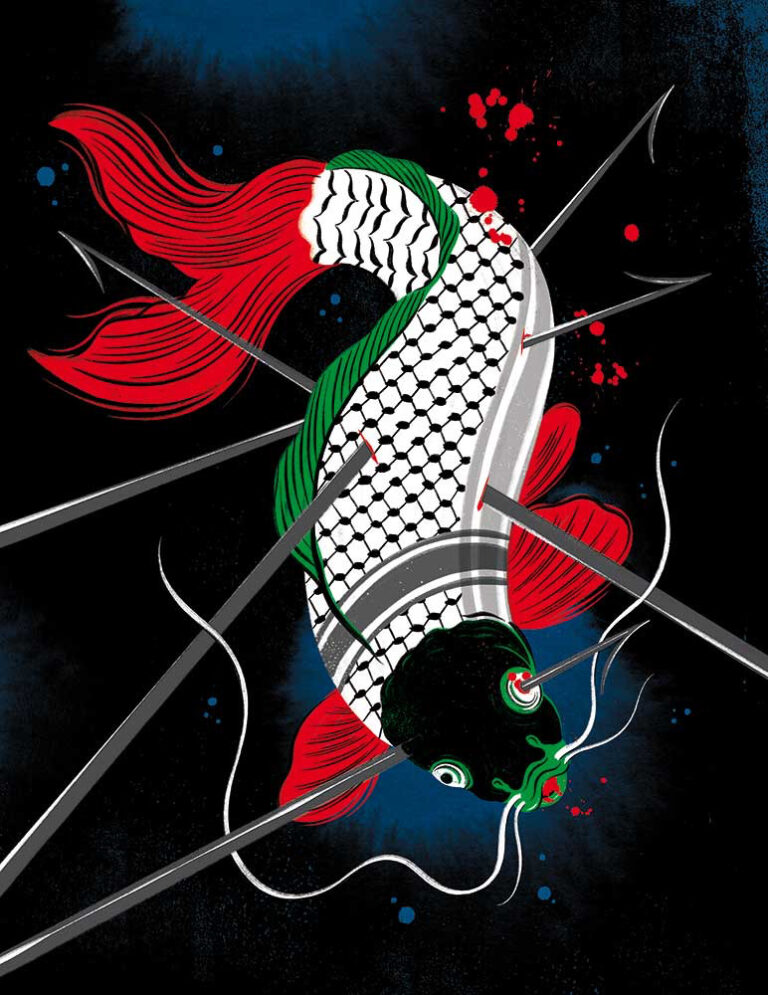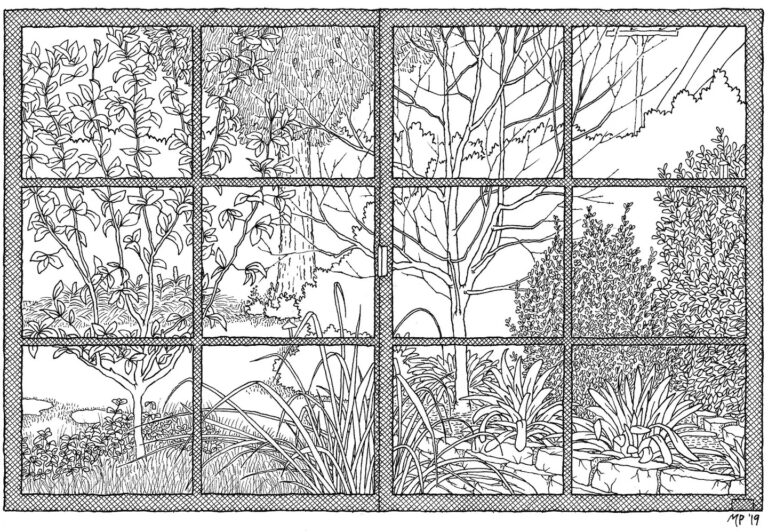I didn’t know Trinh Cong Son was in a movie until I saw Đất Khổ (Land of Sorrows). Filmed in 1971, the movie is set in Hue in the days before and during the Tet Offensive of 1968. I would really recommend this movie for anybody who is curious about life during wartime in southern Viet Nam. And for all those people who are going around saying they want to know what the Vietnamese point of view was, but keep looking only at Northern Vietnamese or Communist Vietnamese or Southern revolutionary points of view, here is the film you want to see. Clips are available on youtube (the whole movie is available in eleven parts–just type in “land of sorrows”), and the DVD can be bought on amazon.com, both with decent English subtitles. Now all those teachers and scholars and fanboys of the Viet Nam War have no excuse for not using or watching a movie that shows what life was like for the southern Vietnamese.
For those of you who don’t know, Trinh Cong Son was one of the most popular songwriters of the 1960s, and is often referred to by Americans as the “Bob Dylan of Viet Nam.” I don’t know about that, since such a moniker makes it seem that Trinh Cong Son is a knockoff or an imitator, but it gives you some sense of how popular he was. In the movie, he plays Quan, an antiwar songwriter and singer–as he was in real life–who comes home to Hue, where he encounters a family in turmoil. His eldest brother, Hai, is a captain in the ARVN who’s not happy about his antiwar activities, and who is furious that their younger sister, Hanh, is now protesting the war. Another sister, Thuy, is in love with Nghia, who is neutral in the war. A brother, Ha, has just been drafted.
Thus, the film sets up the classic dilemma of a family torn by conflicting loyalties during a period of revolution, or civil war, as some would argue. The drama unfolds both within the family and outside, as battles rage. There’s some remarkable usage of helicopters and armored personnel carriers, suggesting that the film had some government cooperation. We get to see how the war might have looked from the ARVN (southern Vietnamese army) point of view, which is rare in cinema. But most stunning of all is the incorporation of documentary footage of refugees fleeing from the battle of Hue, showing their fear and wounds (and including images of dead civilians and children on the road out of Hue). Quan’s family is caught up in the terror and are forced to flee…and I won’t tell you what else happens.
Throughout the course of the movie, Quan gets the chance to break out his guitar and sing his antiwar songs, and these songs were some of the several highlights of the movie. It’s totally cool to see a film that privileges the antiwar and civilian point of view. The film makes it very clear that the civilians were the ones caught in the crossfire and that there was a significant degree of non-Communist opposition to the war. A lot of people just wanted the war to end, to forget about it, to move on to other things. Forgetting about the war and the past becomes a refrain in Quan’s music, as in this clip (Trinh Cong Son performing an antiwar concert amid armored cars) and the lyrics after that:
When peace returns to our country
I shall visit many sad cemeteries
And tombs covered with grass
When killing ends in our country
Then children will sing on the roads
When peace returns to our country
I shall be continuously on the road
From Saigon to the centre
From Hanoi towards the south
I shall share everyone’s happiness
And I hope to forget the history of my country
A strange sort of highlight in the film is the character of Tim, an American soldier-deserter who Quan befriends and takes to his family home in Hue. The guy speaks fluent Vietnamese. The Vietnamese sounds dubbed, so I’m not sure if that’s really him speaking, but his lips are making the right motions. The point of including Tim is to say that foreigners can oppose the war, and foreigners can belong in Viet Nam, too, if they learn the culture. But who the heck is that guy playing Tim and how did he get in the movie? This is when we would need some extras in the DVD that aren’t there.
Is the film worth watching? Yes. I give it the antiwar stamp of approval. But I also watched it with a former colonel in the ARVN paratroops and no softie on the war question. He was totally into it. The quality of the acting and directing is pretty good, and there are some very nice shots of the Hue landscape. But the ending is a heartbreaker.
_____
“Trịnh Công Sơn, Movie Star: A Review of Đất Khổ (Land of Sorrows)” was originally published on DiaCritics.org on January 11, 2011.




